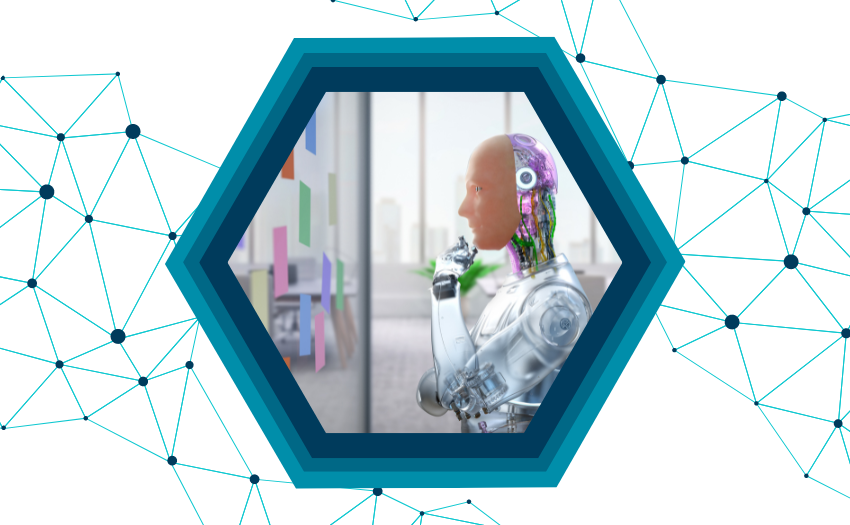Agile organizations understand the importance of implementing AI in their teams to boost productivity and improve their bottom line–leaving many leaders with a loaded, time-sensitive question: where do we start?
The recent and exponentially growing popularity of generative AI and its limitless applications brings with it excitement, fear, confusion, and a race to optimization.
But don’t worry—we’ve consulted the experts, spent countless hours researching, and even designed a foundational AI course, so ICAgile has your back in the AI department.
We sat down with our CEO and Director of Learning to explore some of the foundational practices agile organizations can utilize to develop an effective AI strategy that is tailored, adaptable, and meets the mark.






